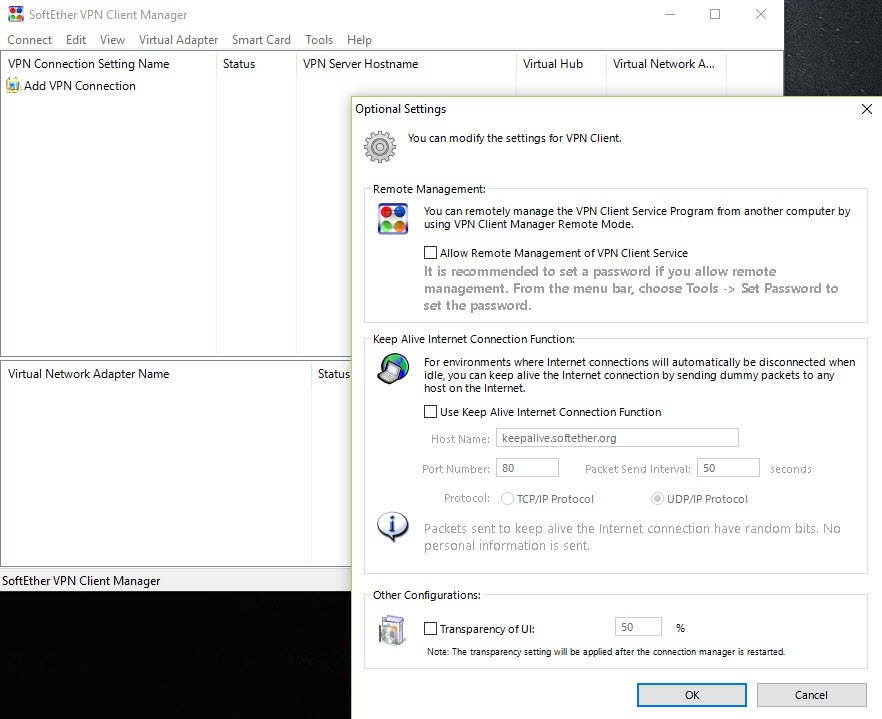

On your Windows computer, you do that like this:

Open Firewallįor traffic to reach an L2TP/IPsec server, you need to open ports 500/udp, 1701/udp, and 4500/udp in your computer’s firewall. You have a friend in a foreign country who needs unblocked access to the InternetĪfter you’ve followed along with this tutorial, you’ll have a working L2TP/IPsec server on your Windows computer.You want to securely access the Internet from a coffee shop or airport.Employees need to connect to a company LAN from outside the office.SoftEther’s high throughput is made possible by its reliable and always-on TCP connection, which automatically takes over a replacement packet in the event of a lost one.This post shows you how to use a Windows computer as a VPN server. Those responsible for developing VPNs sought to reduce the number of memory copies performed with each packet’s execution cycle. VPN processing modules that are optimized allow this to happen. In comparison to PPTP and OpenVPN, this protocol now offers superior performance, with throughputs up to 1 Gbps and negligible effects on CPU and memory usage. Rapid VPN Protocolīoosting speeds and throughput was a primary focus during SoftEther’s development. Expensive transmission services and infrastructure, such as dedicated line service or satellite links, are not immune to physical bugging, malicious or inquisitive viewing of data by communications company technicians, governmental tapping and analysis, etc. The risks of eavesdropping and masquerading are always there in a publicly accessible IP network like the Internet. VPN’s encrypted connections are one of their many features. Once private key data had written into a smart card or other hardware security token device, it is impossible to retrieve.

Users can authenticate themselves using SoftEther VPN using preexisting certificates and private key objects stored in smart cards. The key is stored there without ever revealing the private key to anybody else. Use with Smart CardsĮlectronic signatures had generated from the memory of a smart card or other hardware security token device using the certificate and private key. In that case, you can bypass the NAT firewall using the built-in NAT traversal feature.

Suppose your network administrator is being overly cautious. New and improved firewall bypass features have been added to SoftEther VPN. Any individual or business is welcome to use SoftEther at no cost.


 0 kommentar(er)
0 kommentar(er)
